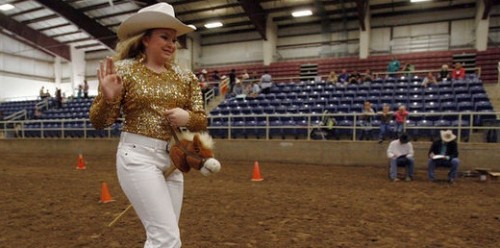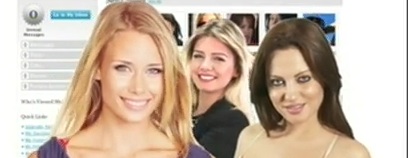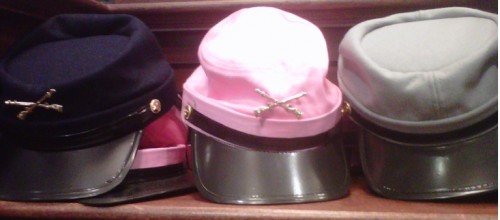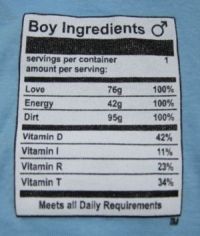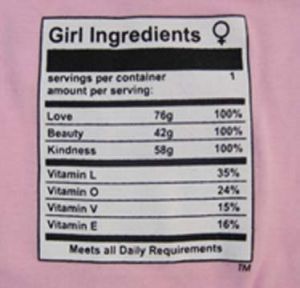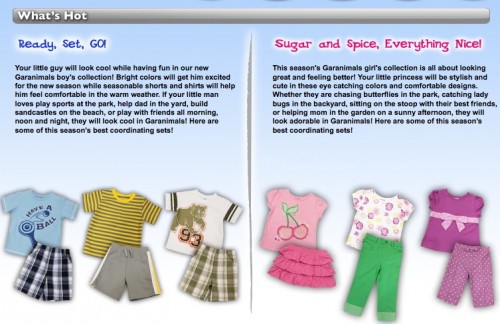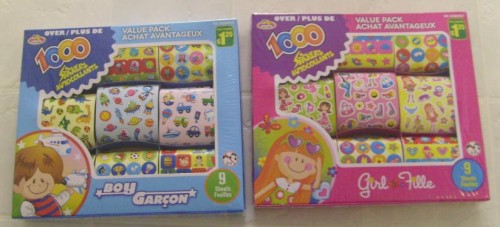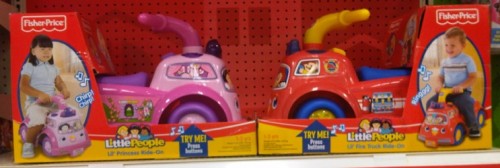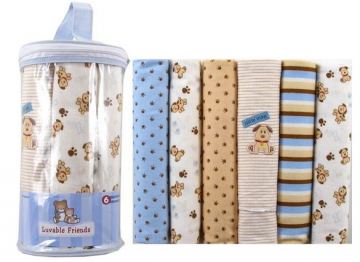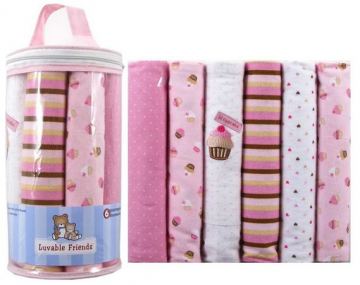Cross-posted at Jezebel.
Earlier this week I posted about the Badminton World Federation’s attempts to change the dress code to require women to wear skirts or dresses as an effort to give a more “attractive appearance.” The changes emphasized certain standards of femininity over concerns about how the clothing changes might impact players’ performance. Rodeo queen competitions illustrate this tendency to value feminine appearance over the skill or physical prowess the women are ostensibly there to perform. A rodeo queen competition is sort of an amalgam of a beauty pageant and rodeo or riding competition; the winners serve as ambassadors, promoting rodeo, riding in parades, and so on. Though the events usually have many of the trappings of a standard beauty pageant — appearance and personality are both judged — the riding elements (which may include barrel racing, reining demonstrations, etc.) provide a sense that this isn’t just about meeting standards of femininity, but also athletic ability.
But a video Lisa sent me about a recent rodeo queen competition in Utah New Mexico makes it clear where the emphasis lies. If you don’t care greatly about horse-related things, you may not know that there has been an outbreak of equine herpes in the western U.S., which is extremely contagious, may be fatal, and spreads through nose-to-nose contact. As a result, many horse-related competitions have been canceled or postponed. But the Davis County Sheriff’s Mounted Posse Junior Queen Contest in Farmington, Utah, found a way to continue with the competition — they had the contestants ride stick horses around the arena, something I can’t imagine being done with, say, roping competitions and other male-dominated rodeo events that could be altered to create a horseless version:
Some images from the story at KSL: 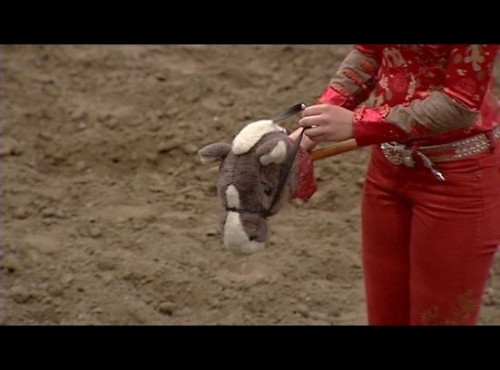
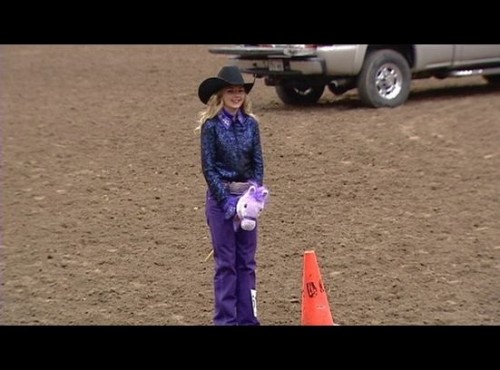
I can’t help but feel this undermines efforts to separate rodeo queen competitions from beauty contests. In fact, the Miss Rodeo USA site says that appearance and personality make up 80% of the competition, and riding skills only 20% — and personality and appearance count when judging the riding, too. And while having women ride children’s toys around an arena may still test the women’s knowledge of the patterns, and requires them to show physical stamina, it also seems infantilizing and silly. It makes it clear that rodeo queen competitions have little to do with horse riding skills, which are entirely dispensable in a pinch.
UPDATE: Well, I stand corrected. Reader Zula did find a video of another competition (cutting) in which the men used stick horses due to a 2001 equine herpes outbreak, with a lot more falling in the dirt than in the clip above:
UPDATE 2: Reader Megan says,
I have zero experience with rodeo, but I do ride hunters and foxhunters on the East coast. I know that there are a lot of technical points that could easily be demonstrated while on a stick horse. Obviously, completing certain movements is a lot easy when you have direct control over your legs rather than asking a 1000 pound animal to step to the side with a careful nudge. Despite the “challenge” being removed, these contestants can still demonstrate a large amount of knowledge and understanding on stick horses. I watch lots of kids playing “horse” when they can’t be riding: cantering around, changing leads, and jumping jumps. Those kids take turns and critique each other’s forms, working on learning cadence, balance, timing, and adjustability.When I was a kid, I did the same thing.
So, I absolutely must state that I understand the idea behind the substitution and it didn’t entirely degrade the competition.
UPDATE 3: Alexandra Hinton wrote a humorous reply over at Fem Pop that’s worth a look.

